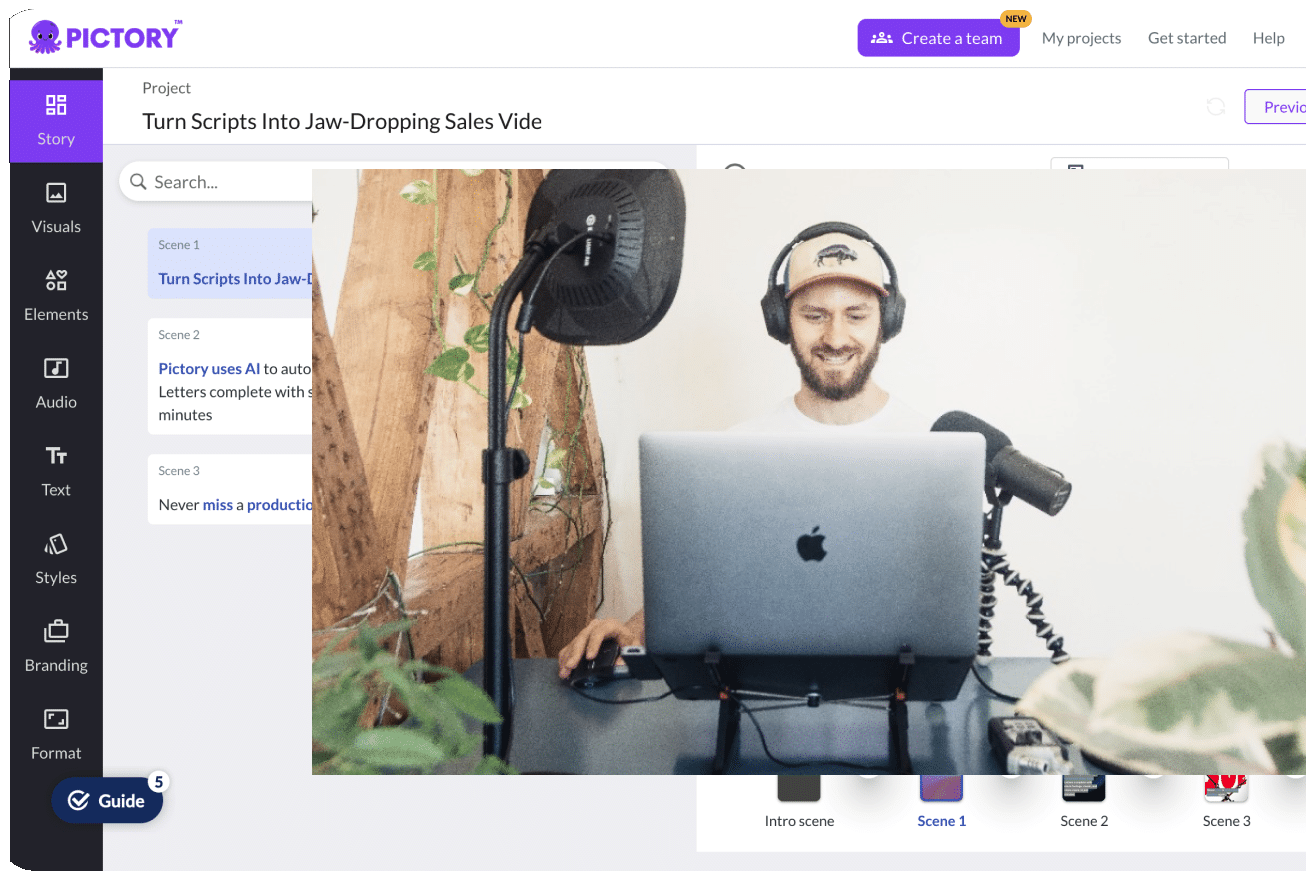Searching for the best business communication solution for 2025?
In this article, you’ll find the top tools and trends that can improve collaboration, enhance productivity, and simplify IT management in your organization. Learn how unified communications, video conferencing, and instant messaging can transform your business operations.
Key Takeaways
Unified Communications (UC) integrate multiple communication channels into a single platform, enhancing productivity and collaboration by allowing seamless transitions between different modes of communication.
Video conferencing tools, like Zoom and Microsoft Teams, have become essential for remote work, offering features such as screen sharing and virtual backgrounds that support various use cases including virtual meetings, webinars, and remote training sessions.
Selecting the right business communication solution involves evaluating scalability, usability, and customizability to ensure it meets current and future organizational needs, with cloud-based solutions offering significant flexibility and cost-effectiveness.
Essential Features of Business Communication Solutions
In today’s interconnected business environment, a communications solution must offer a wide array of features to meet the diverse needs of modern organizations.
These communication solutions are no longer just about making phone calls or sending emails; they have evolved into comprehensive platforms that facilitate seamless collaboration across various channels.
Business communication software, including enterprise communication software, now encompasses everything from:
Business phone systems
Video calling
Group messaging
File sharing
These tools enable organizations to exchange information, ideas, and messages both internally and with external stakeholders. The most effective solutions integrate these features into a unified platform, streamlining workflows and enhancing productivity across the board.
Unified Communications
Unified Communications (UC) is transforming the landscape of business communication. It combines several communication channels into one unified platform, fundamentally altering how teams communicate and collaborate. By bringing together:
Voice
Video
Instant messaging
Collaboration tools
UC solutions create a seamless environment where employees can effortlessly switch between different modes of communication based on their needs and preferences.
Unified communications dismantle the barriers of traditional communication silos. It facilitates more efficient collaboration among employees, irrespective of their location or device usage.
This flexibility is particularly crucial in today’s hybrid work environments. Moreover, many UC solutions offer automations and integrations with popular business tools like Salesforce or Microsoft 365, further enhancing productivity and streamlining workflows.
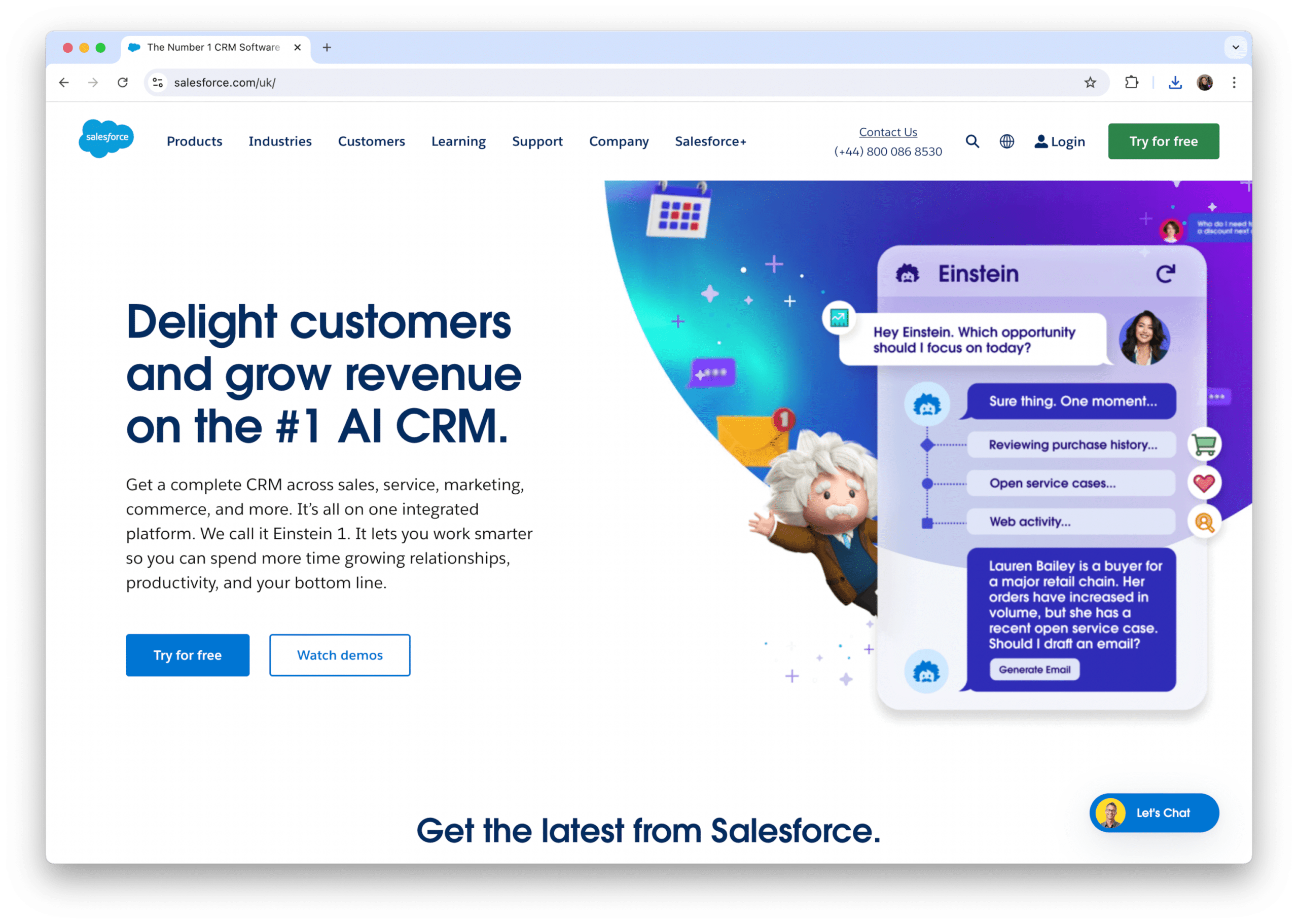
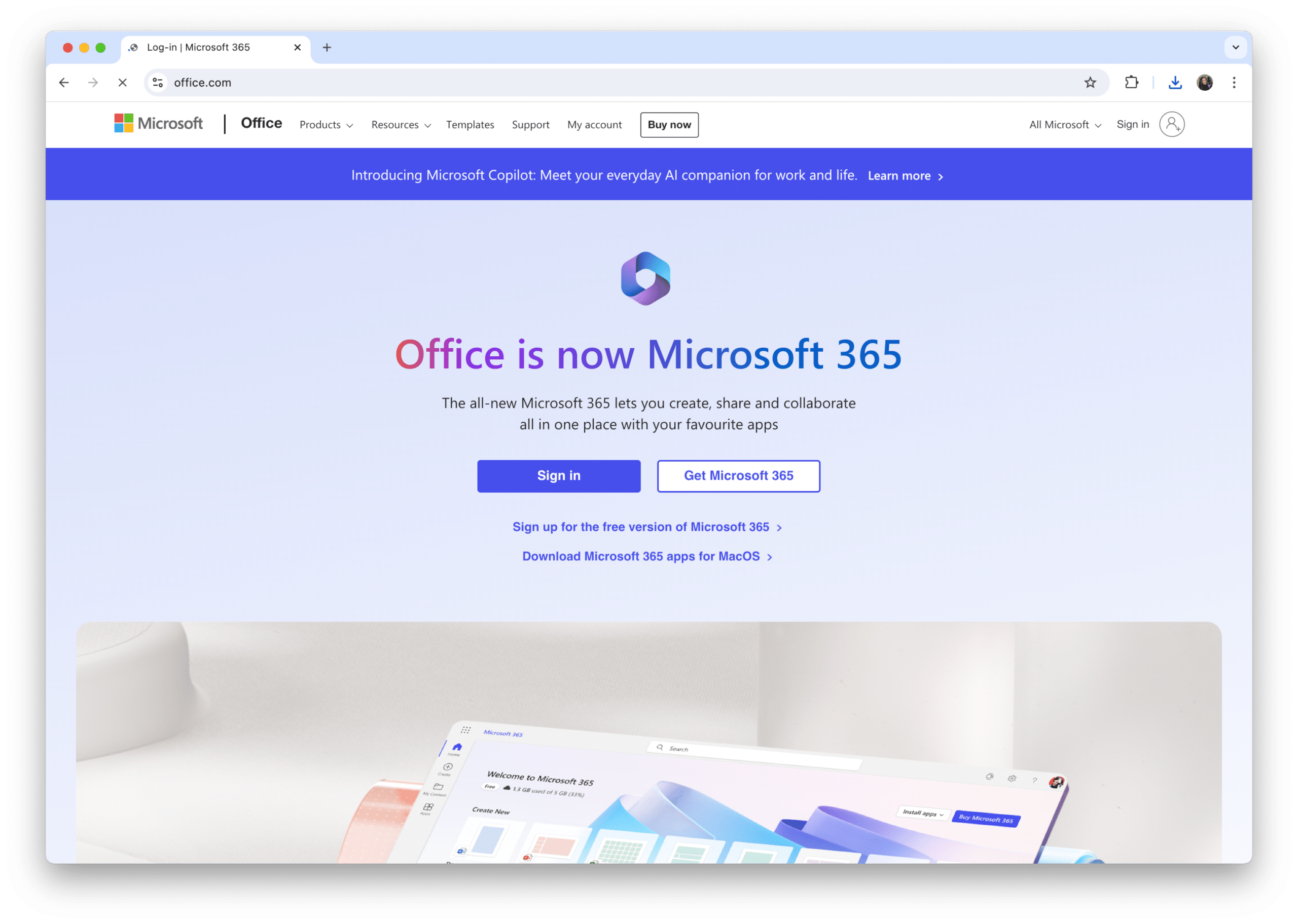
UC consolidates multiple communication functions into one platform, simplifying IT management and reducing the expenses involved in maintaining numerous separate systems.
Video Conferencing
The COVID-19 pandemic has catalyzed the explosive growth of video conferencing, solidifying its status as a rapidly expanding communication channel. This technology enables face-to-face communication and collaboration, fostering a sense of connection and enhancing productivity, even when team members are geographically dispersed.
Modern video conferencing tools offer a range of features beyond basic video calls, including screen sharing, virtual backgrounds, and interactive whiteboards.
These capabilities not only facilitate effective meetings but also support various use cases such as webinars, virtual events, and remote training sessions. Video conferencing enhances communication with remote employees, fostering collaboration, and mitigating isolation.
This is vital for cultivating a unified and engaged workforce in the current era of distributed work environments.
Instant Messaging and Chat Apps
In the fast-paced business world, instant messaging and chat apps have become indispensable tools for quick, efficient communication.
These platforms help alleviate email overload by providing rapid communication alternatives, allowing team members to:
Exchange information
Make decisions in real-time
Answer questions quickly
Resolve issues promptly
The immediacy of instant messaging fosters a more dynamic and responsive work environment.
Popular instant messaging platforms like Slack, Microsoft Teams, and WhatsApp offer a range of features tailored to business needs. WhatsApp for business communication offers a range of features including:
Individual and group chats
Voice and video calls
File sharing
Location sharing
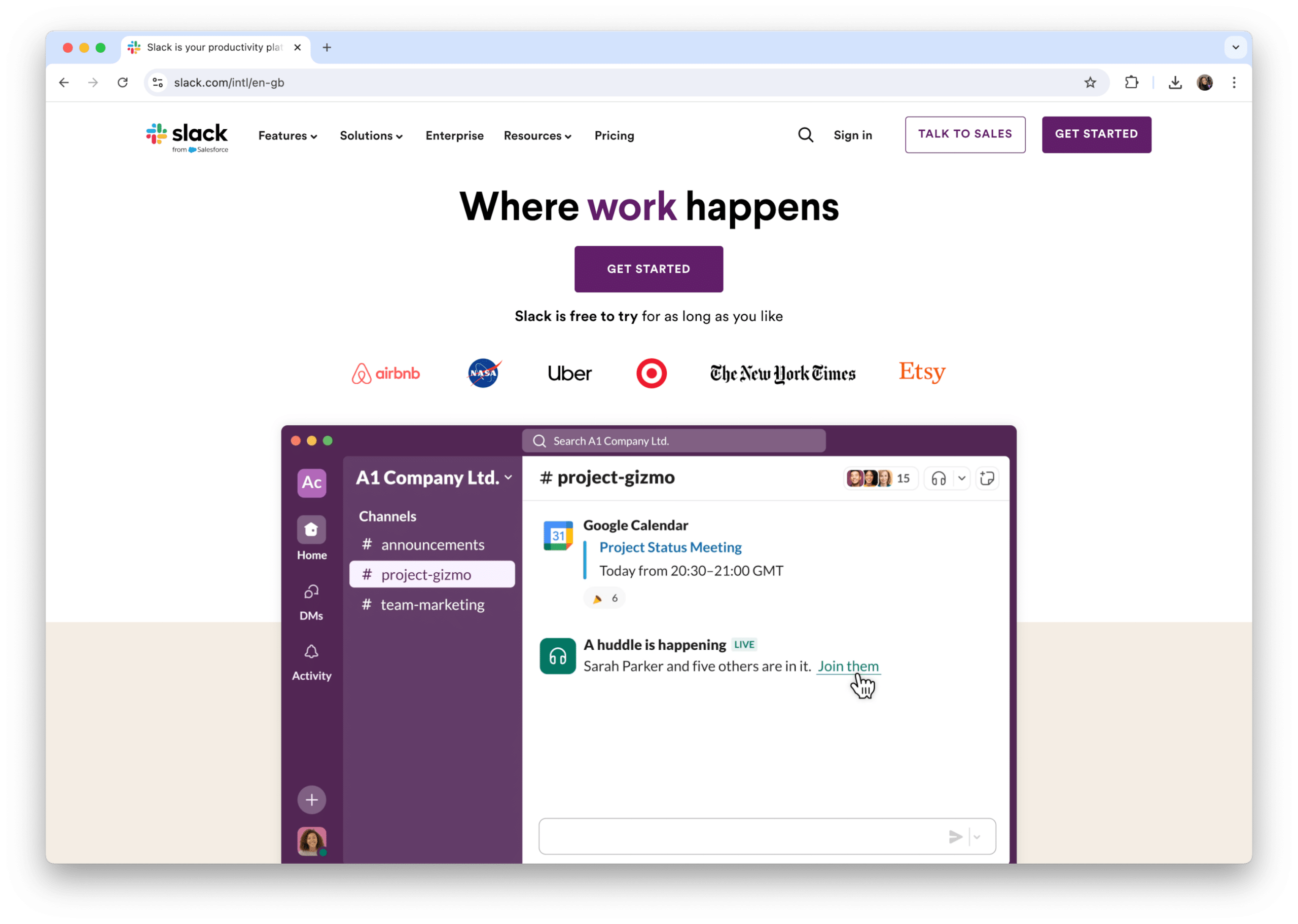
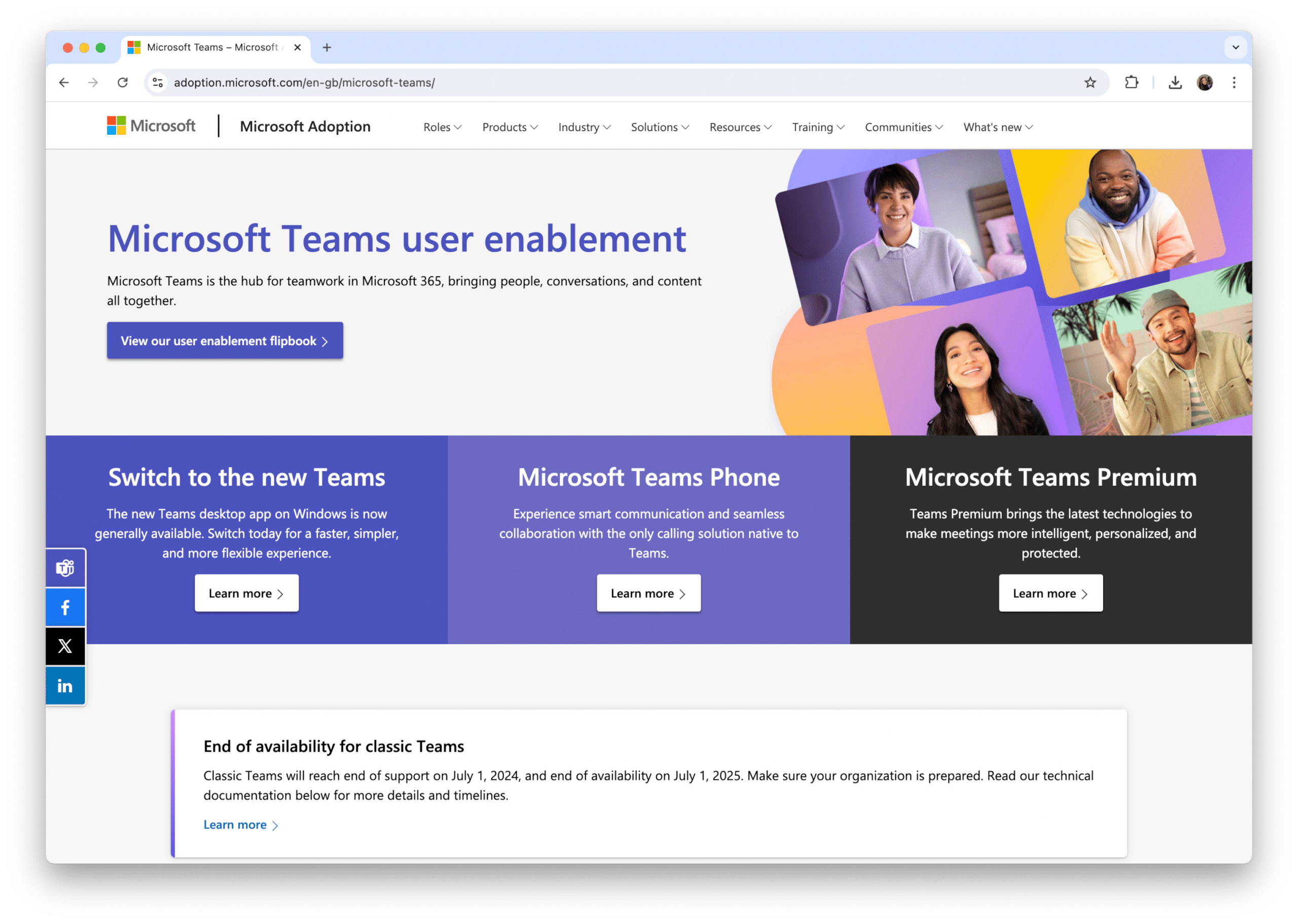

These capabilities enable efficient and convenient communication for business purposes. With end-to-end encryption, it’s also suitable for sensitive business discussions, ensuring that confidential information remains secure.
The mobile app-based nature of many of these platforms makes them particularly convenient for remote and mobile workers, enabling seamless communication on the go.
Incorporating instant messaging into a communication strategy can promote a more connected and reactive work culture, consequently enhancing collaboration and productivity.
Top Business Communication Solutions for 2025
Navigating the complexities of modern business communication, we find several solutions standing out, each providing distinctive features and benefits to accommodate various organizational needs.
These platforms go beyond basic communication functionality, integrating collaboration tools, project management capabilities, and advanced analytics to create comprehensive ecosystems for business interaction.
Solutions like Happeo, for instance, combine collaboration, communication, and enterprise social networking, making internal communication easier and eliminating bottlenecks.
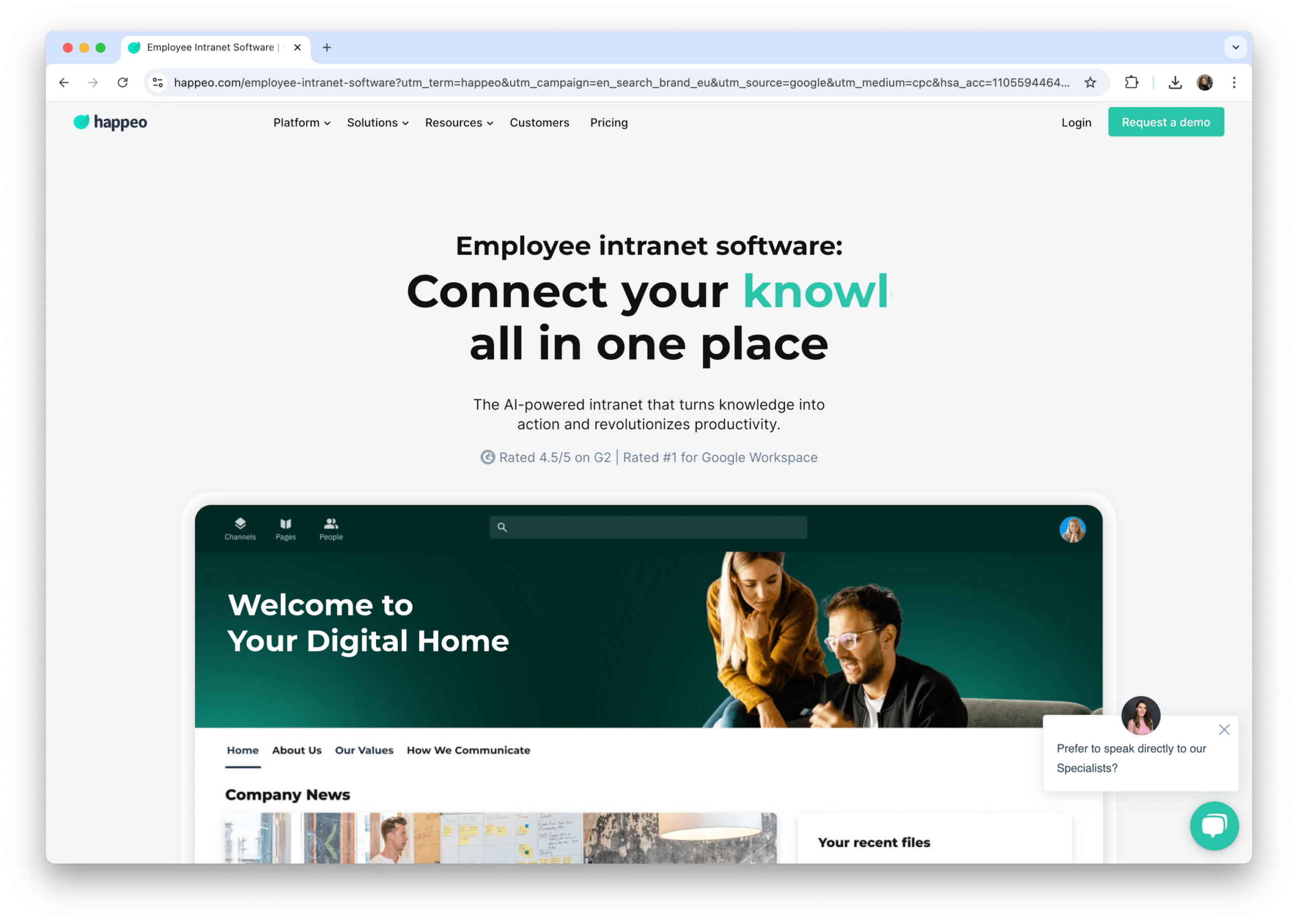
Exploring the top business communication solutions for 2025, we’ll examine their key features, target audiences, and their potential to refine your organization’s communication strategy.
Microsoft Teams
Microsoft Teams has become a dominant force in enterprise collaboration, communication, and messaging.
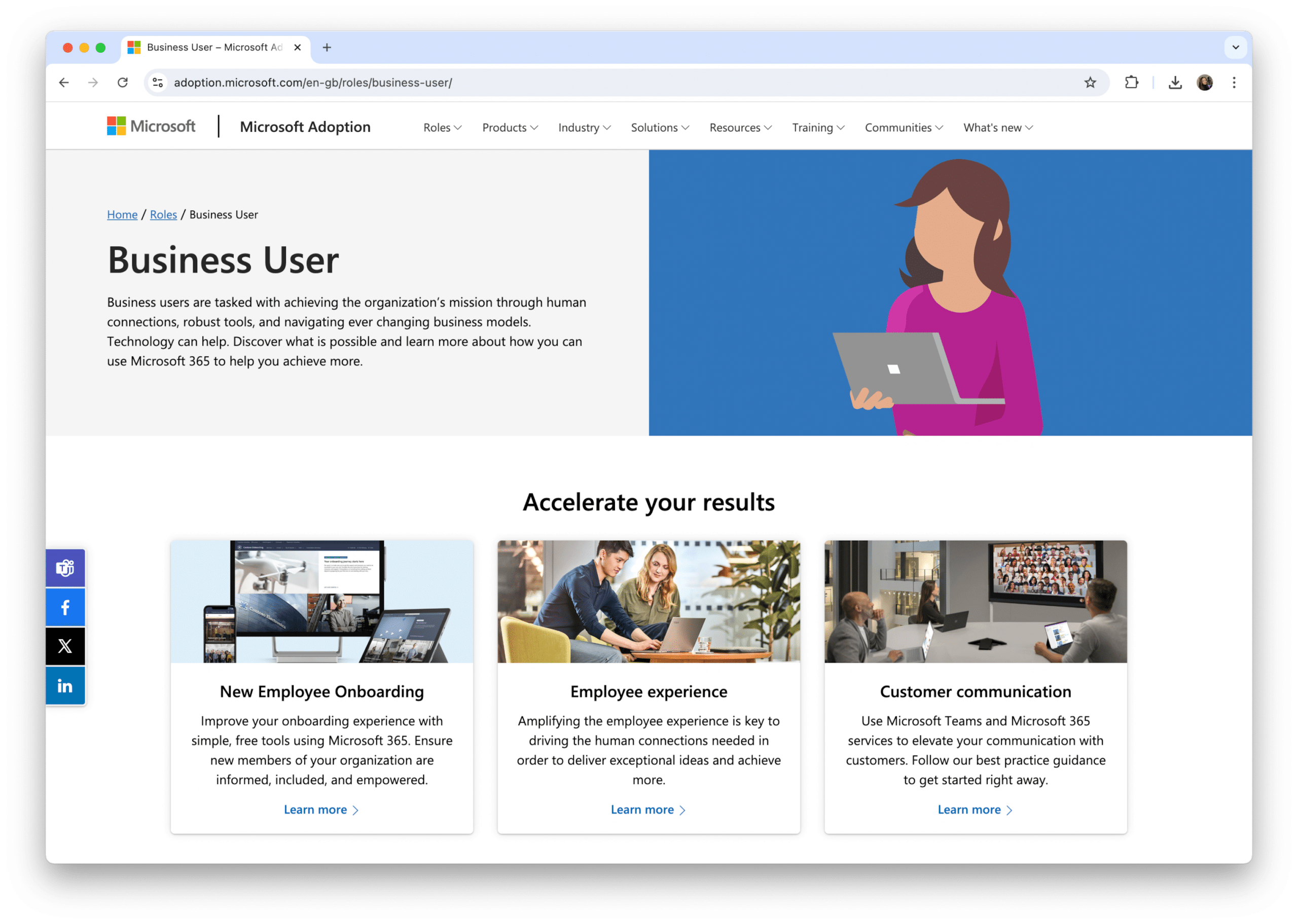
Its widespread adoption highlights its impact in these areas. As part of the Microsoft 365 ecosystem, Teams offers a comprehensive solution that seamlessly integrates with other Microsoft productivity tools, making it an ideal choice for businesses already invested in the Microsoft environment.
Key features of Microsoft Teams include:
Video and audio conferencing
Instant messaging
File sharing
Screen sharing
All of these features are accessible from a single interface.
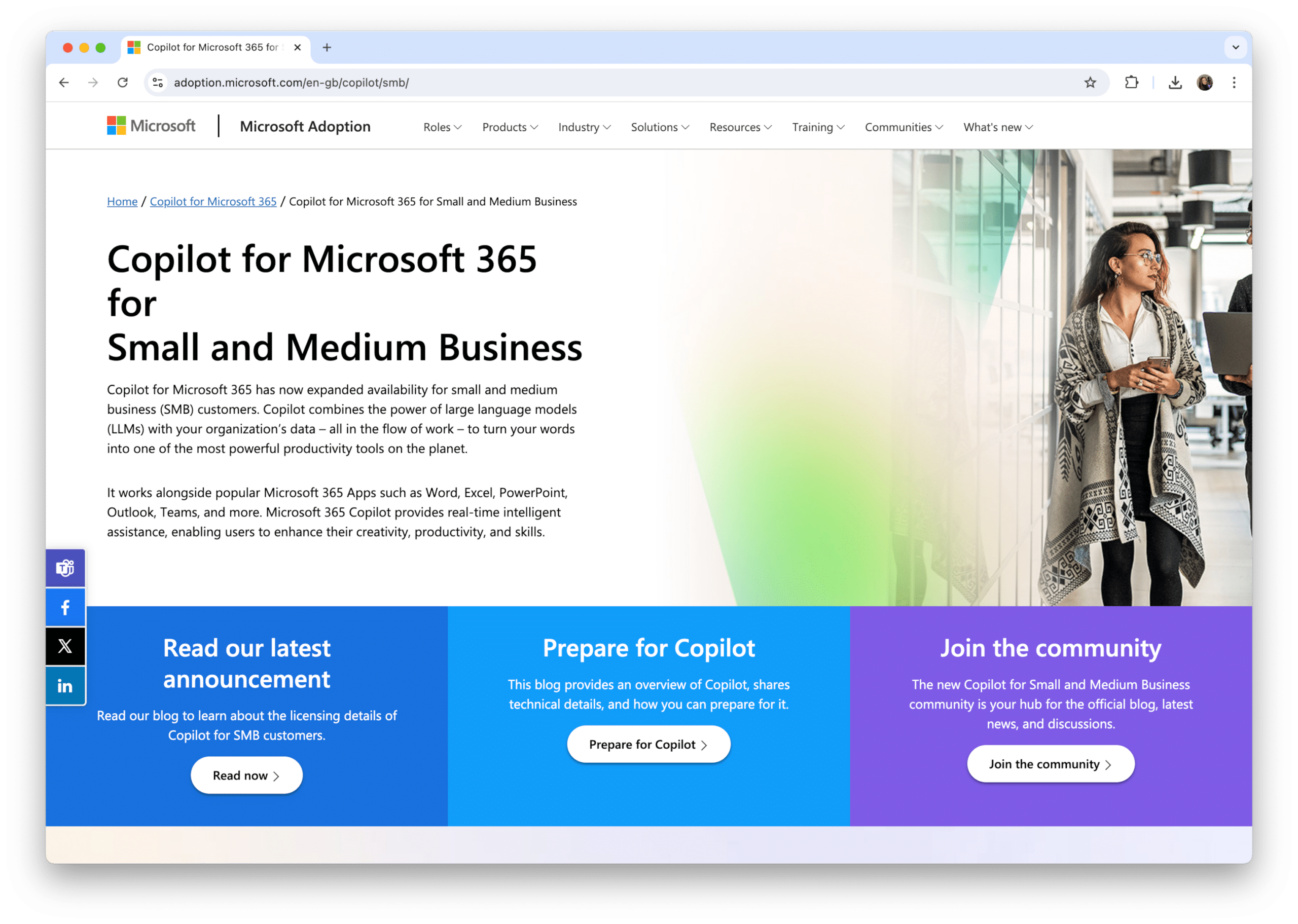
What sets Microsoft Teams apart is its deep integration with the Microsoft ecosystem. This integration provides an all-in-one solution for workplace communication, allowing users to collaborate on Office documents in real-time, schedule meetings through Outlook, and access a wide range of third-party apps and services.
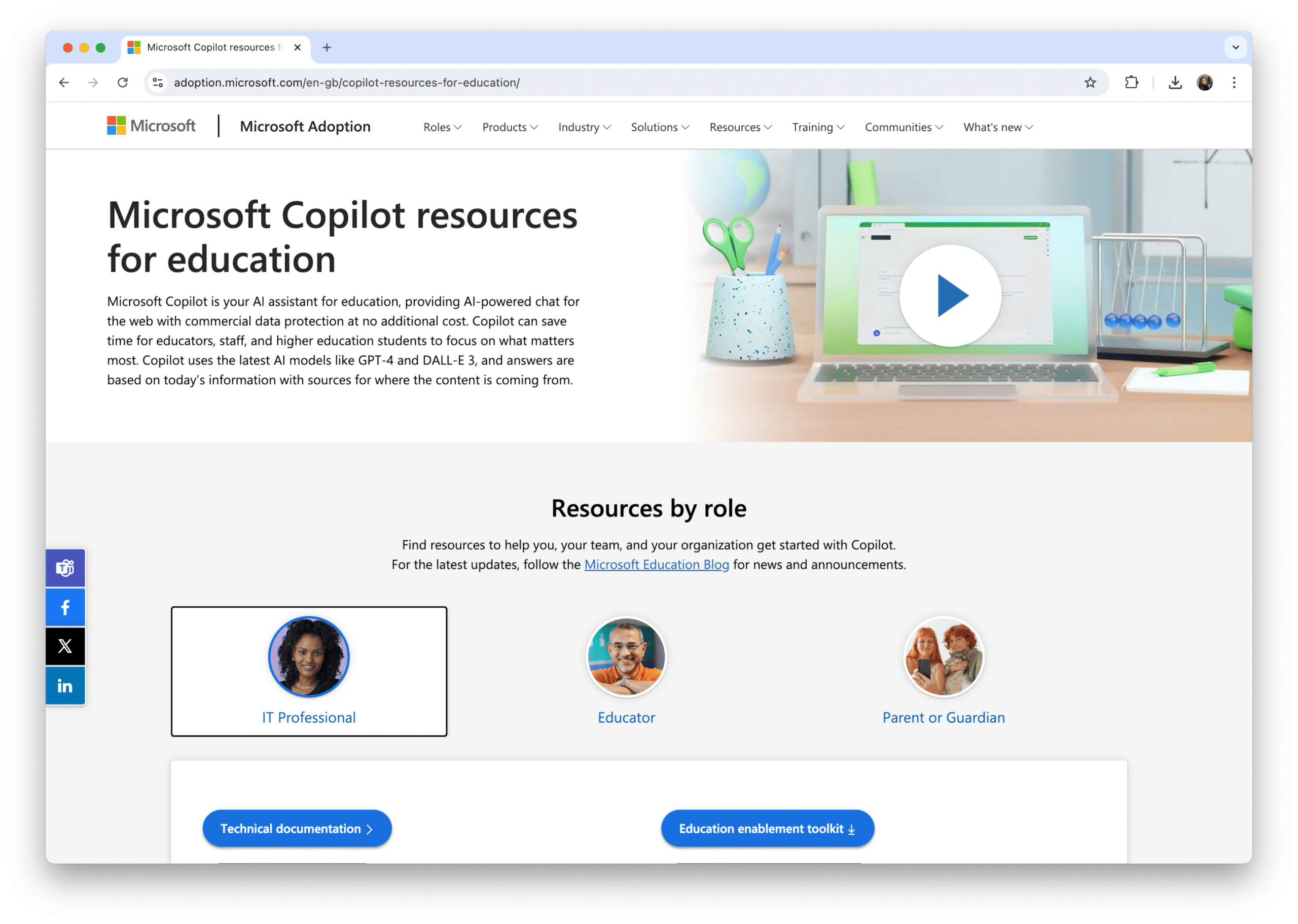
Businesses can use Teams to connect with colleagues, partners, and clients around the world. It facilitates virtual meetings and remote collaboration with ease.
Major organizations like United Airlines have leveraged Microsoft Teams and Microsoft 365 as crucial collaboration tools to build a hybrid culture, demonstrating its effectiveness in supporting modern work environments.
Slack
Slack has revolutionized workplace communication with its dynamic instant messaging platform that supports various workflows and enterprise communication needs.
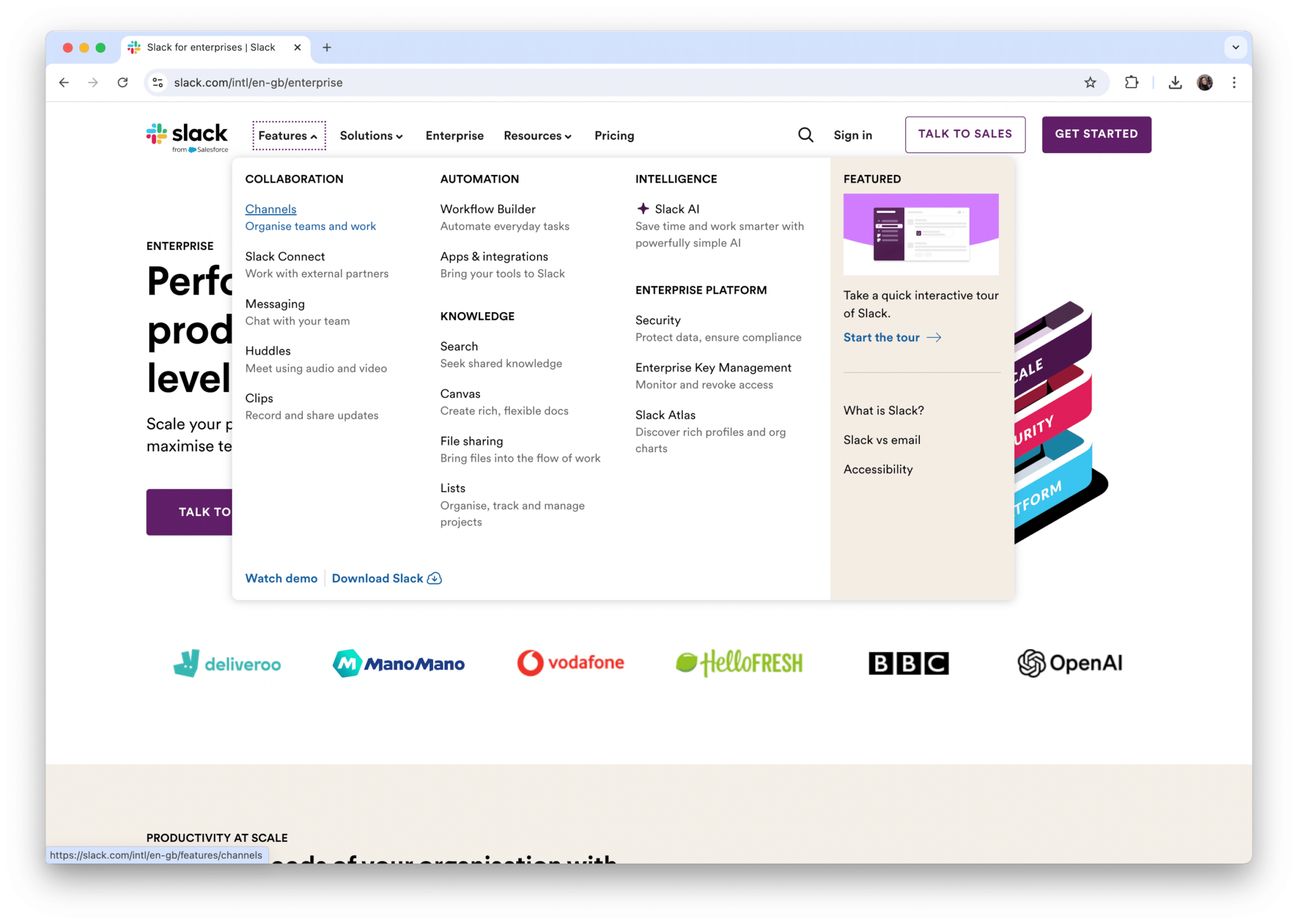
Known for its user-friendly interface and extensive integration capabilities, Slack offers features like instant messaging, file sharing, and seamless connection with a vast array of apps and services.
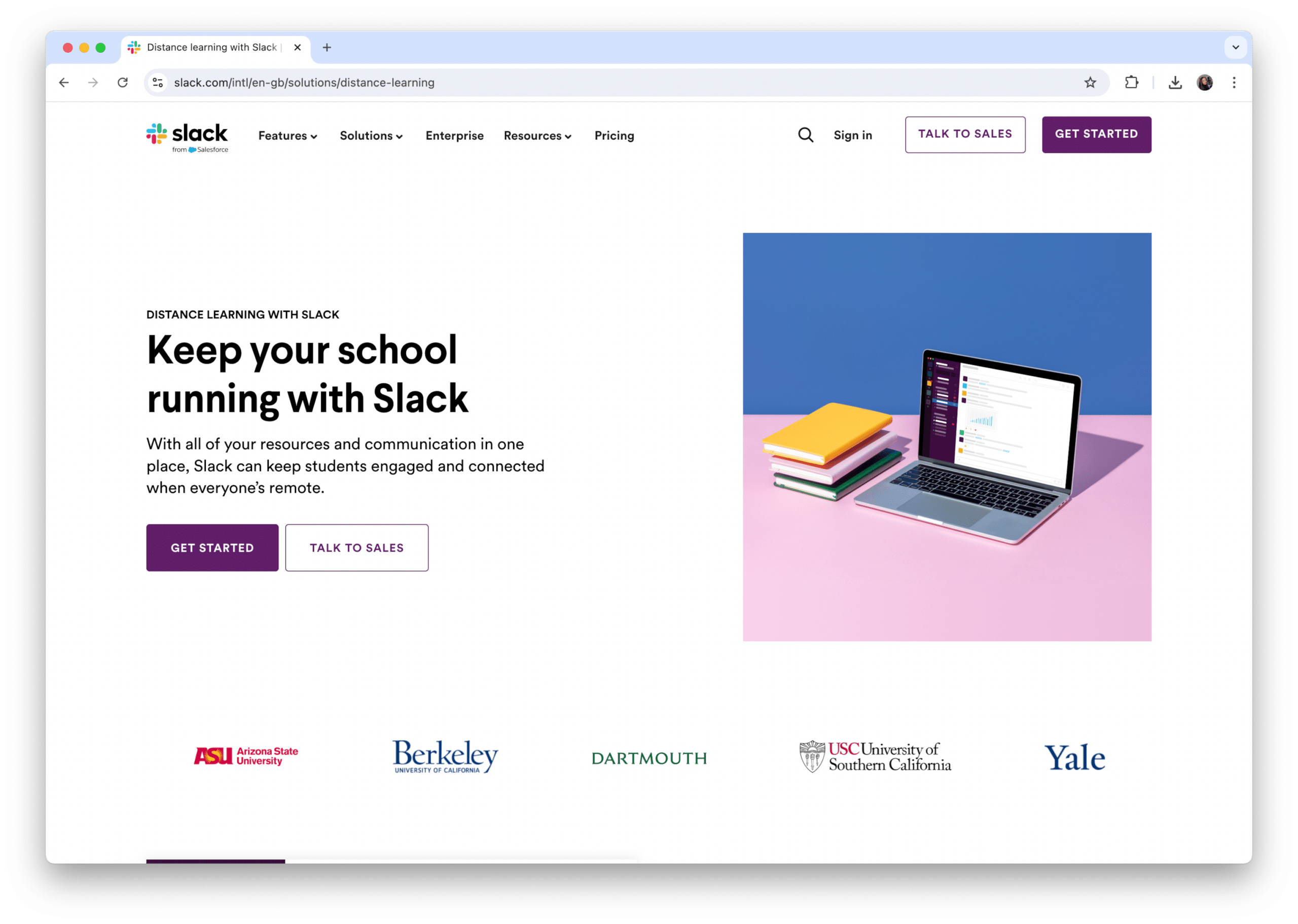
This makes it particularly well-suited for agile companies looking for dynamic communication solutions.
Slack enables teams to use:
Video calls
Instant messaging
File sharing
Audio calling
Screen sharing
All in one convenient platform to stay connected. This versatility allows for seamless communication and collaboration. One of Slack’s standout features is its ability to create dedicated channels for different projects, teams, or topics, allowing for organized and focused discussions.
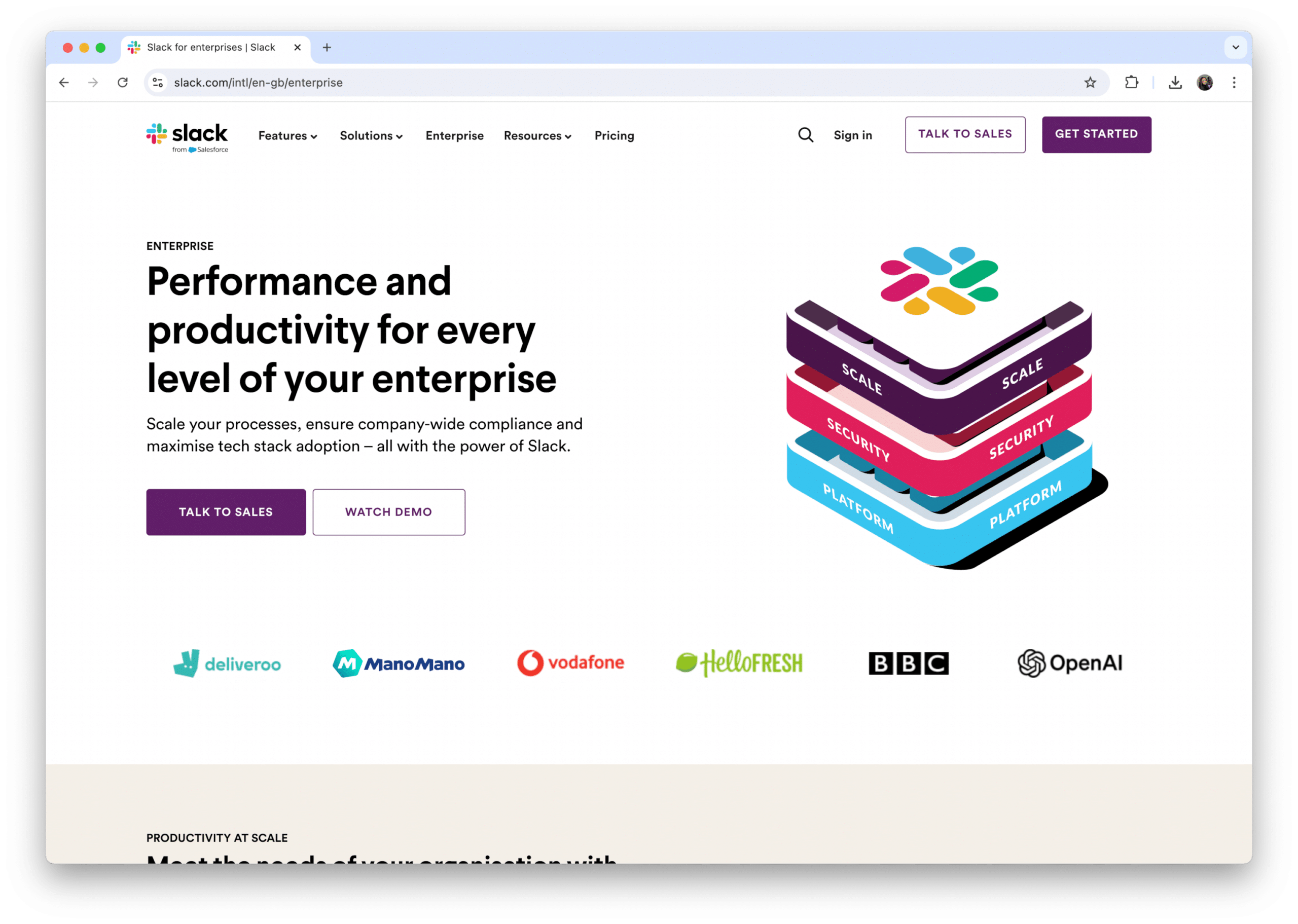
This structure, combined with its powerful search functionality, makes it easy for users to find information and stay on top of conversations, even in large and complex organizations.
Google Workspace
Google Workspace, formerly known as G Suite, has established itself as a leading solution focused on enterprise communication and collaboration.
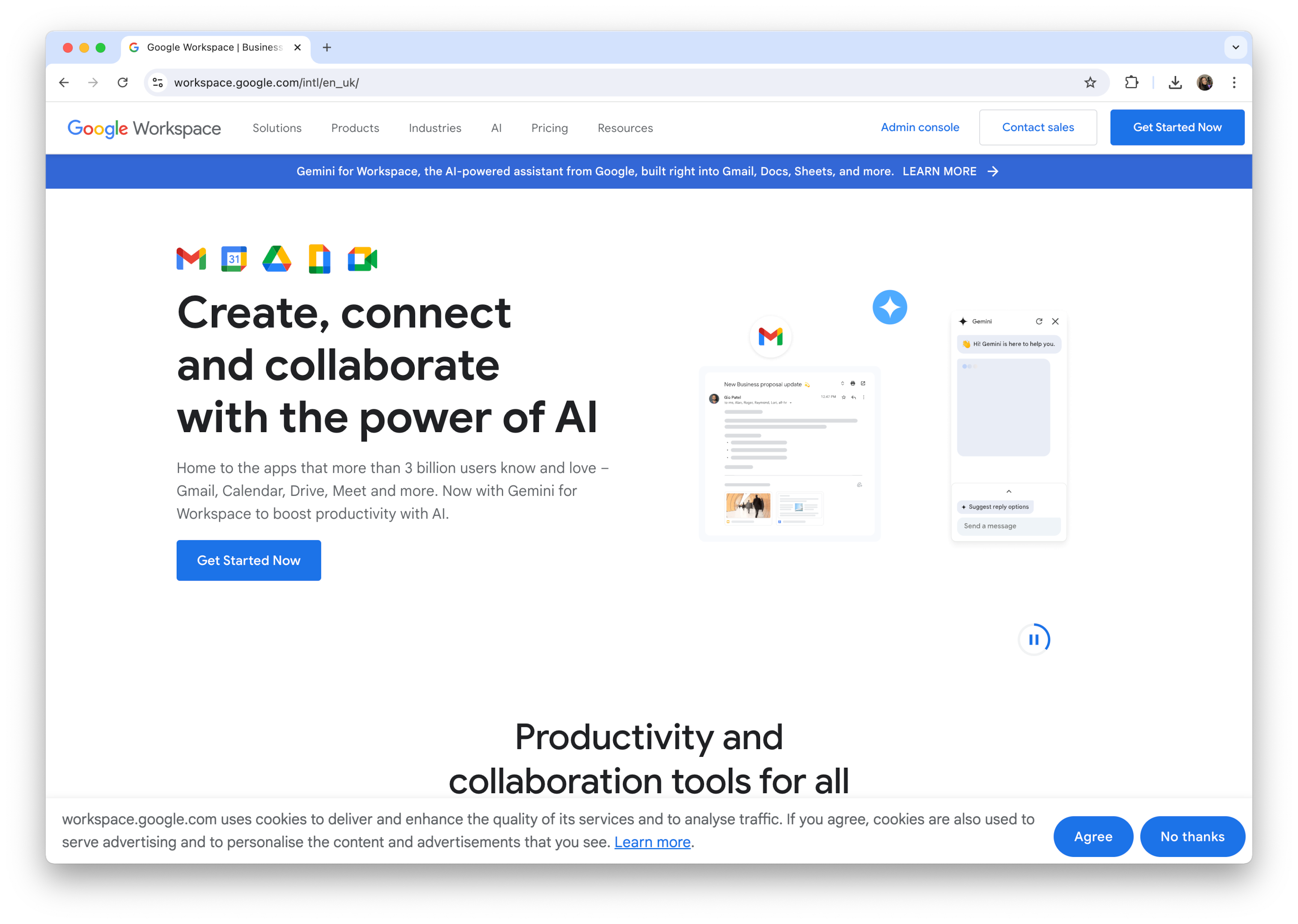
This comprehensive suite of tools is designed to support businesses of all sizes in their quest for seamless communication and productivity. Google Workspace includes a variety of integrated applications such as:
Gmail
Calendar
Chat
Docs
Drive
Meet
Slides
Sheets
Providing a holistic ecosystem for business operations one of the key strengths of Google Workspace is its ability to facilitate remote work and collaboration. By breaking down geographical barriers, Google Workspace enables teams to work together effectively, regardless of their physical location.

Google Meet, a core component of the suite, offers features such as:
Screen sharing
Real-time captions
Live streaming capabilities
Integration with other Google Workspace apps
These features make Google Meet a powerful tool for virtual meetings and webinars.

The platform’s simplicity and straightforward approach to instant messaging, file sharing, and video or audio calls make it particularly effective for project management and team collaboration.
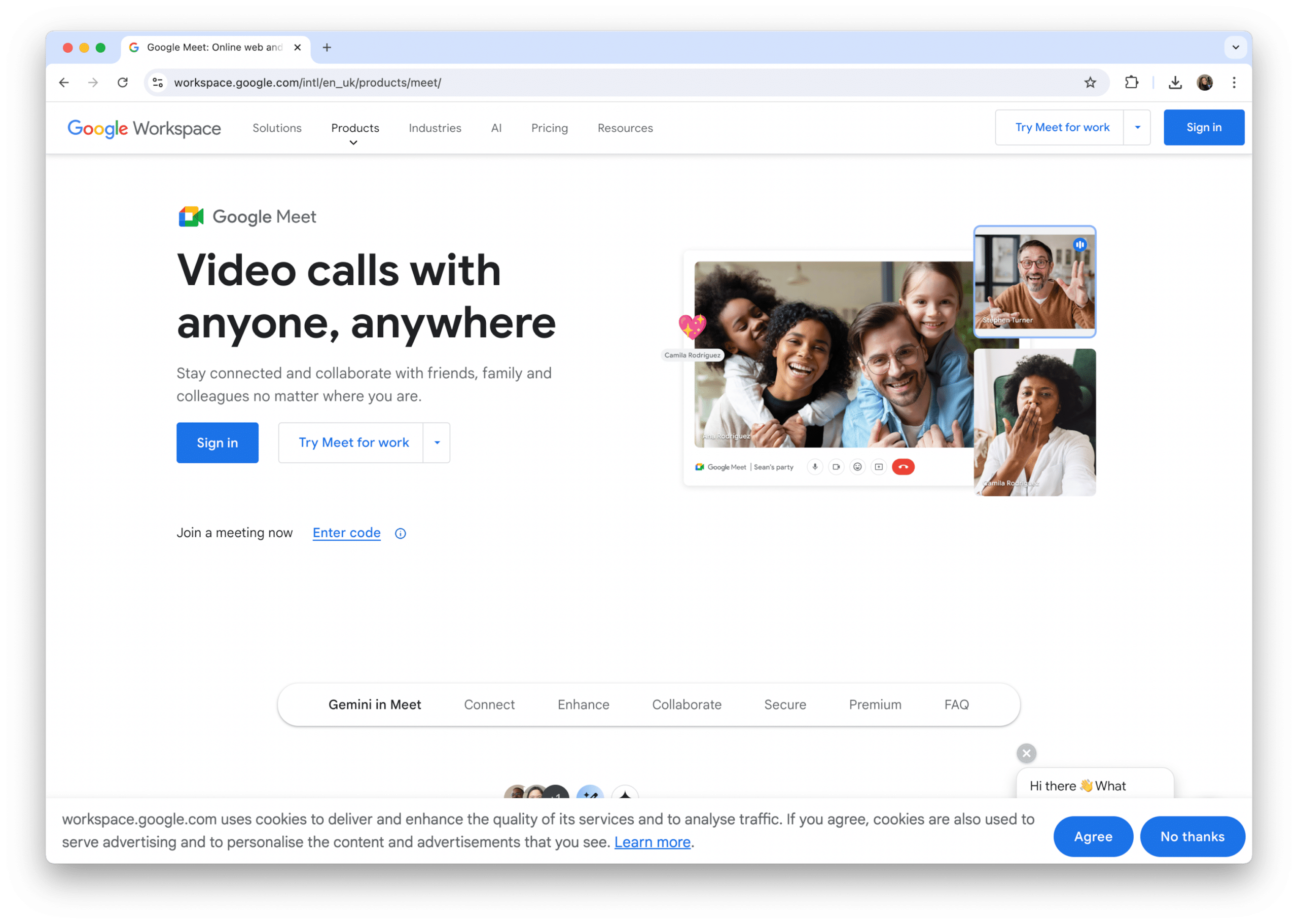
As a reliable project management platform, Google Workspace has proven its capability to meet the communication needs of diverse and complex organizations, with notable customers including industry giants like Salesforce, Colgate-Palmolive, and Nielsen.
Zoom
Zoom has emerged as a dominant force in the video conferencing space, earning a reputation for its user-friendly interface, high-quality audio and video capabilities, and reliability.

This platform has become synonymous with virtual meetings, particularly during the global shift to remote work. Zoom’s strength lies in its simplicity and effectiveness, making it accessible for businesses of all sizes.
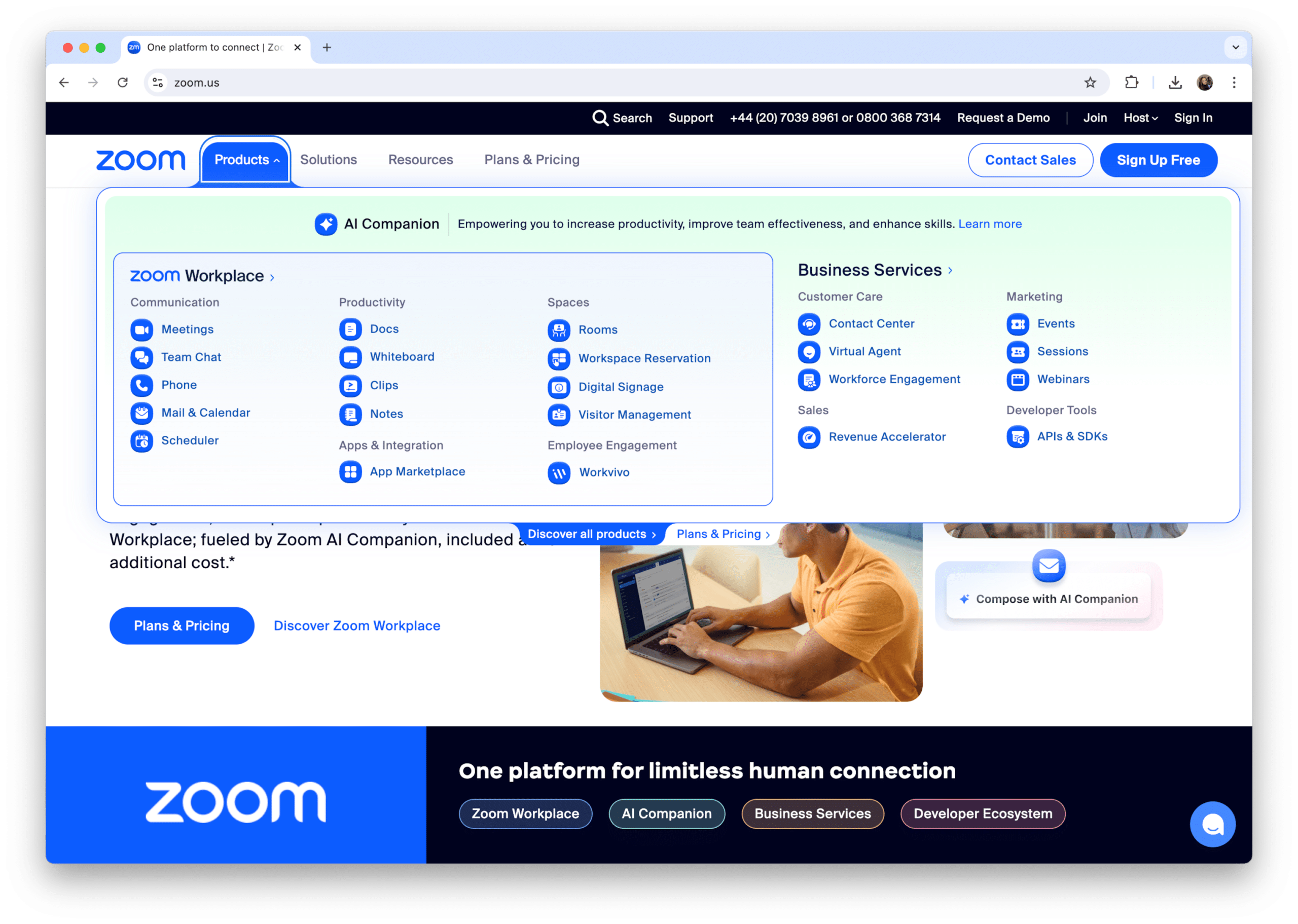
Known for being an affordable video and audio calling platform, Zoom offers a range of features beyond basic video conferencing, including virtual backgrounds, breakout rooms, and webinar capabilities.

Its versatility and scalability have attracted a diverse clientele, including major players like Nasdaq, Formula 1, and Capital One.

Zoom’s ability to handle large-scale virtual events and its integration capabilities with other business tools have made it a go-to solution for organizations looking to enhance their virtual communication and collaboration efforts.
How to Choose the Right Business Communication Solution
Choosing the right business communication solution is a significant decision, impacting an organization’s efficiency, productivity, and overall success profoundly. Given the multitude of options in the market, a strategic approach to this choice is vital.
The first step is to evaluate your organization’s specific communication requirements, including factors such as the number of employees, remote work capabilities, and the need for integration with existing systems.
For small businesses, in particular, value for money is crucial, and it’s often beneficial to look for solutions that consolidate different apps into one platform, reducing overall costs and complexity.
Diving into the vital considerations of scalability, usability, and customizability, remember that the optimal solution should cater to your current needs, but also possess the flexibility to adjust to your organization’s future growth and evolving communication landscape.
Scalability
Scalability is a vital consideration while choosing a business communication solution, ensuring the platform’s capability to evolve in tandem with your organization.
A scalable solution should be able to accommodate an increasing number of users, handle growing data volumes, and support additional features as your business expands. Look for communication tools that offer flexible plans and can easily adjust to your changing workforce size without significant disruptions or costly upgrades.
Cloud-based communication solutions are often particularly adept at providing scalability, allowing businesses to easily adjust their communication infrastructure as they grow.
This flexibility not only ensures that your communication system remains effective as your organization evolves but also helps to future-proof your investment, preventing the need for frequent system overhauls or replacements.
Usability
The usability of a communication solution is of utmost importance, directly influencing user adoption rates and overall productivity. An intuitive interface and seamless integration with existing tools are key factors that contribute to a solution’s usability.
When evaluating different options, consider the user interface and ease of use to minimize the learning curve for your team members.
A user-friendly system encourages adoption across the organization, reducing resistance to change and maximizing the benefits of the new communication tools. It’s advisable to take advantage of free trials or demos to test the communication tool’s features and performance in your specific work environment.
Pay attention to how well the solution integrates with your existing tech stack, as smooth integration can significantly enhance workflow efficiency and user satisfaction.
Remember, even the most feature-rich communication platform will fall short if your team finds it difficult to use or integrate into their daily work routines.
Customizability
Customizability is a significant aspect of any business communication solution, enabling organizations to modify the tool according to their unique needs and branding.
When selecting a communication platform, prioritize those that offer a range of customization options to match your business’s unique requirements. This might include the ability to create custom workflows, integrate with industry-specific tools, or modify the user interface to align with your company’s branding.
For instance, tools like Pictory offer features such as the ability to create videos using text, URLs, or media, and the option to upload your own voiceover or use AI voices. Additionally, look for platforms that allow you to customize brand settings by adding your logo, customizing colors, and adding fonts.
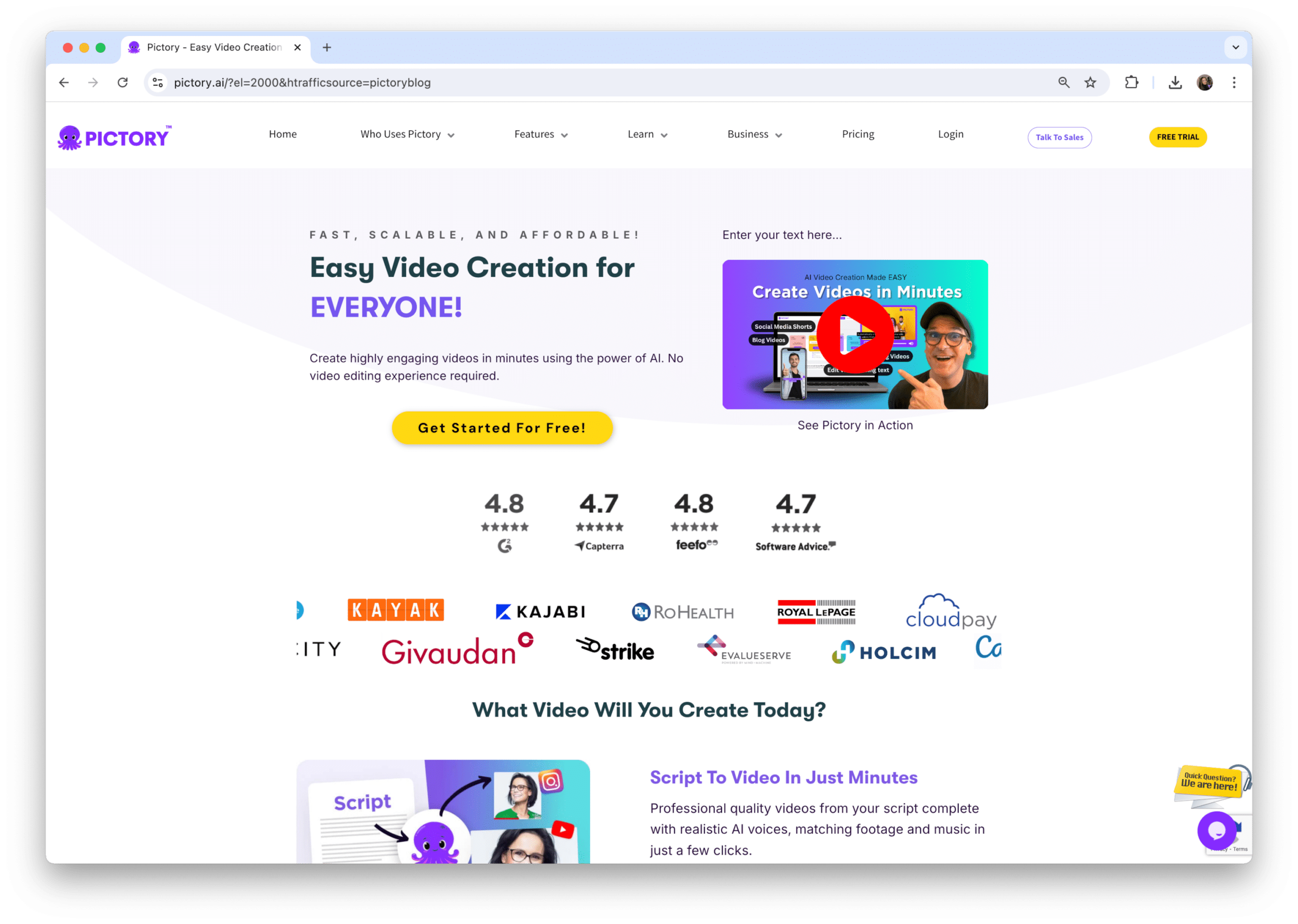

These customization capabilities ensure that the communication solution not only meets your functional needs but also reinforces your brand identity and aligns with your company culture.
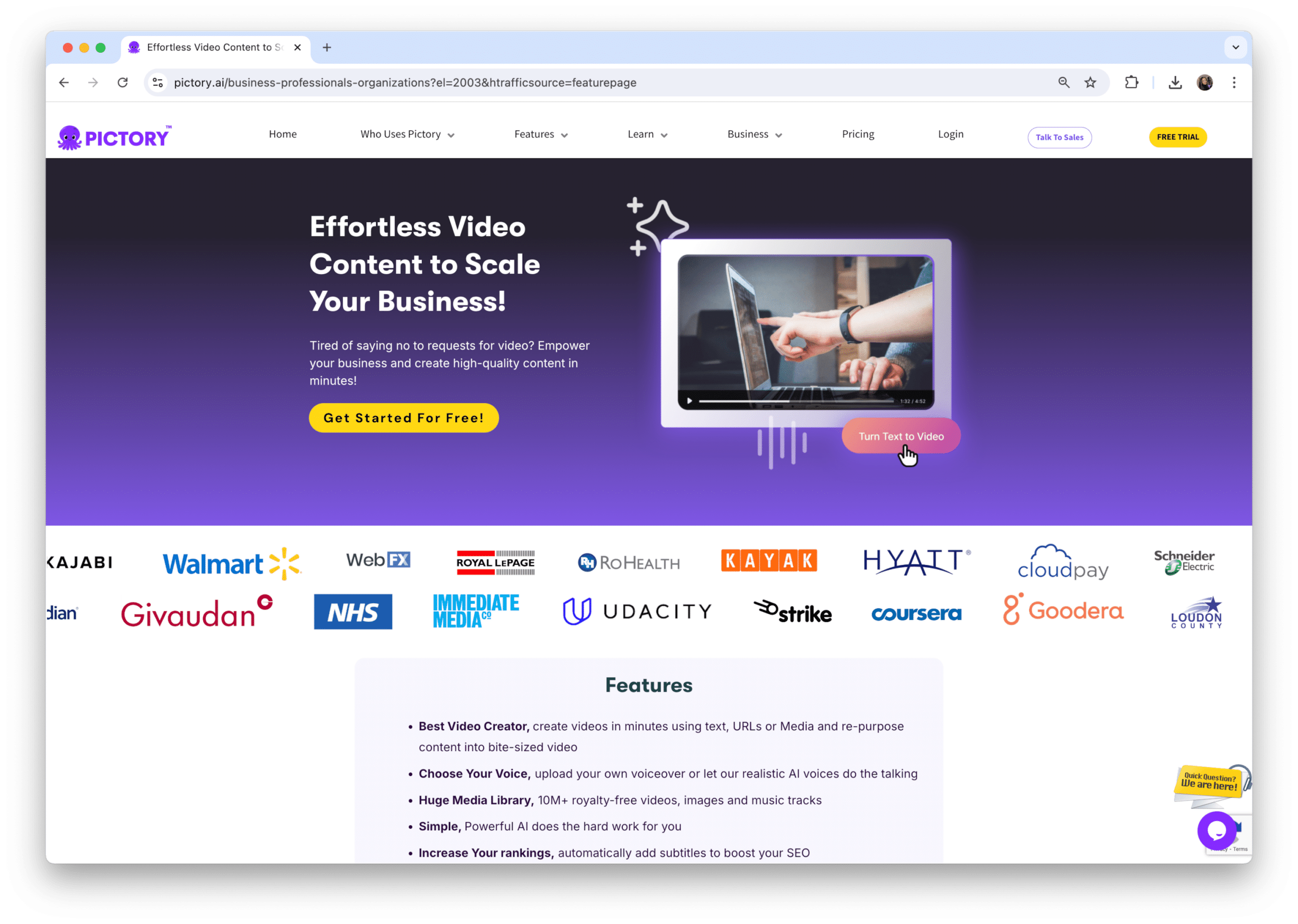
Benefits of Effective Business Communication Solutions
In the digital age, effective communication is vital for business success. Implementing the appropriate communication solutions can bring substantial benefits across an organization.
These benefits extend far beyond simply facilitating conversations; they can transform how teams collaborate, enhance customer interactions, and streamline overall business operations.
Studies have shown that companies with connected employees can see a productivity boost of up to 25%, highlighting the tangible impact of effective communication tools.
From improving employee morale through clear information flow to enhancing decision-making and problem-solving capabilities, the right communication solution can be a catalyst for positive change within an organization.
Exploring some of the key benefits, let’s see how effective business communication solutions can enhance your company.
Improved Collaboration
Implementing effective business communication solutions brings several advantages, including:
Significant improvement in collaboration across teams and departments
Breaking down both horizontal and vertical communication silos within organizations
Fostering a more connected and cohesive work environment.
By providing a centralized collaboration platform for information sharing and interaction, these solutions enable employees to collaborate seamlessly, regardless of their physical location or department. Moreover, well-designed communication tools help reduce the risk of information overload, a common problem in today’s data-rich business environment.
By organizing conversations, files, and projects in a structured manner, these platforms make it easier for team members to:
Find and share relevant information quickly
Collaborate on projects
Communicate effectively
Stay organized
This is particularly crucial for remote workforces, as effective communication solutions connect all distributed teammates together and facilitate virtual connectivity.
The result is a more agile and responsive organization, where ideas can be shared freely, projects can progress smoothly, and innovation can thrive through enhanced teamwork and knowledge sharing.
Enhanced Customer Interactions
Effective business communication solutions not only refine internal operations but also significantly influence customer interactions. Some benefits of advanced communication platforms include:
Managing multiple channels from one centralized app, allowing for seamless customer service and engagement across various touchpoints
Ensuring that customer inquiries and issues are addressed promptly and consistently, regardless of the communication method they choose
Incorporating AI-powered features that can significantly enhance customer service capabilities, such as messaging supervisors for real-time assistance or providing instant answers to common customer queries
These features and capabilities make modern communication solutions a valuable tool for businesses.
Efficient call routing systems help customers quickly access the right person or department, improving the overall efficiency of customer service operations and customer management.
The integration of real-time analytics in these communication tools provides a comprehensive view of customer interactions across all business channels, enabling organizations to gain valuable insights and continuously improve their customer service strategies.
By leveraging these advanced features, businesses can not only respond to customer needs more effectively but also proactively anticipate and address potential issues, leading to higher customer satisfaction and loyalty.
Streamlined Workflows
Implementing effective business communication solutions can considerably streamline workflows across an organization. Platforms like Slack, for example, connect with other business tools, enabling efficient collaboration and creating a more integrated work environment.
This integration capability allows employees to:
Access multiple functions and information sources from a single interface
Reduce the need to switch between different applications
Minimize the risk of information silos
One of the key benefits of streamlined communication is the reduction of email overload, a common productivity killer in many organizations. By providing alternative channels for quick questions, updates, and discussions, these solutions help declutter inboxes and ensure that important information doesn’t get lost in a sea of emails.
Tools like Ziflow, for instance, improve business communications by streamlining feedback and approval processes, which can significantly speed up project completion times.
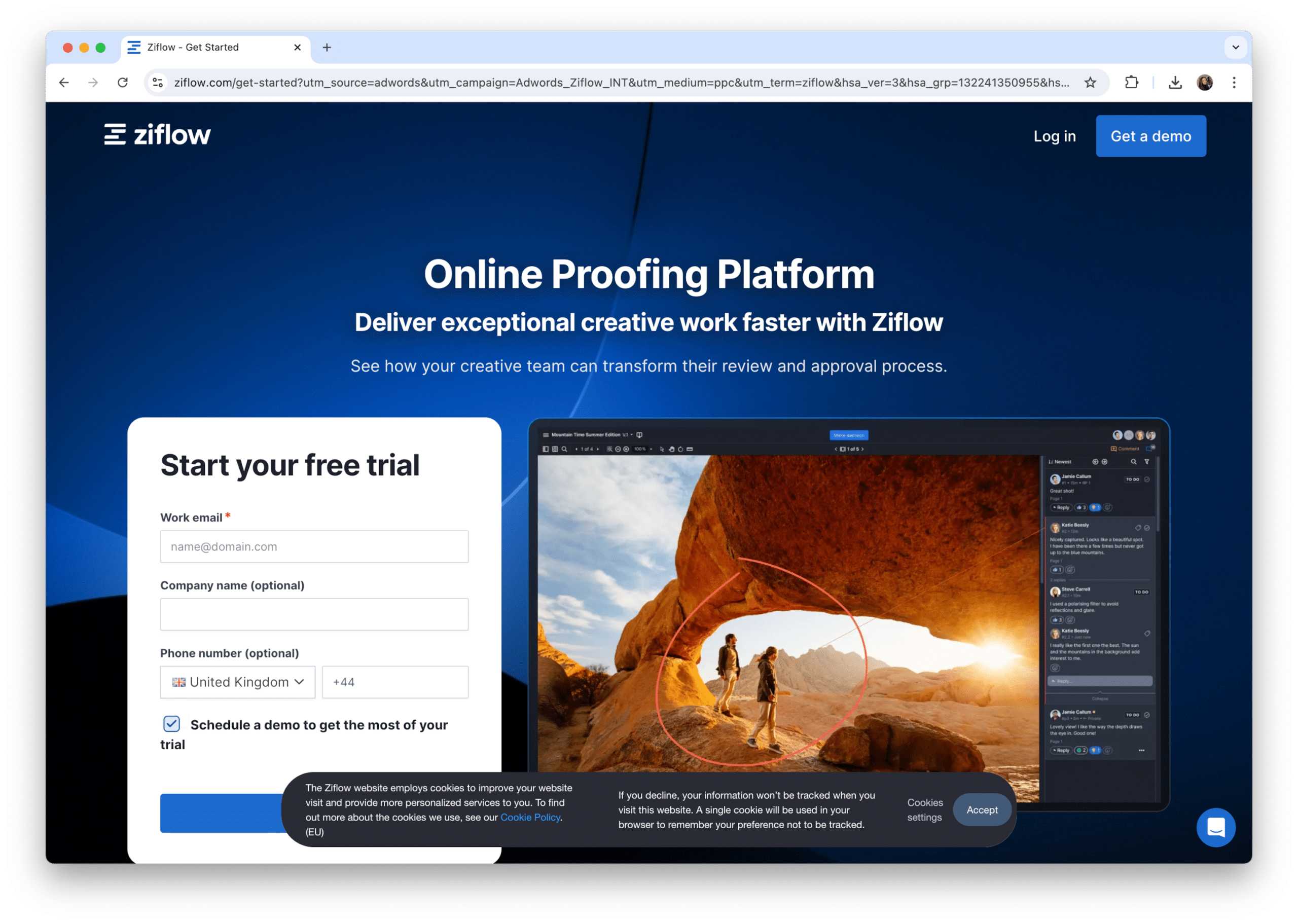
Moreover, a well-structured communication process can improve overall company efficiency by:
Providing a clear documentation trail
Making it easier to track decisions
Assigning responsibilities
Following up on action items
By automating routine communication tasks and providing a centralized platform for collaboration, these solutions free up valuable time for employees to focus on more strategic, high-value activities.
Future Trends in Business Communication Solutions
Looking towards the future of business communication, several trends emerge promising a revolution in how organizations connect, collaborate, and operate.
The future of business communications emphasizes flexibility, efficiency, collaboration, and security, with new technologies playing a pivotal role in driving these advancements.
From the integration of artificial intelligence and automation to the widespread adoption of cloud-based solutions and the growing importance of real-time analytics, these trends are set to transform the communication landscape.
Additionally, the rollout of 5G technology is expected to enhance real-time communication and collaboration capabilities for businesses, opening up new possibilities for remote work and virtual interactions.
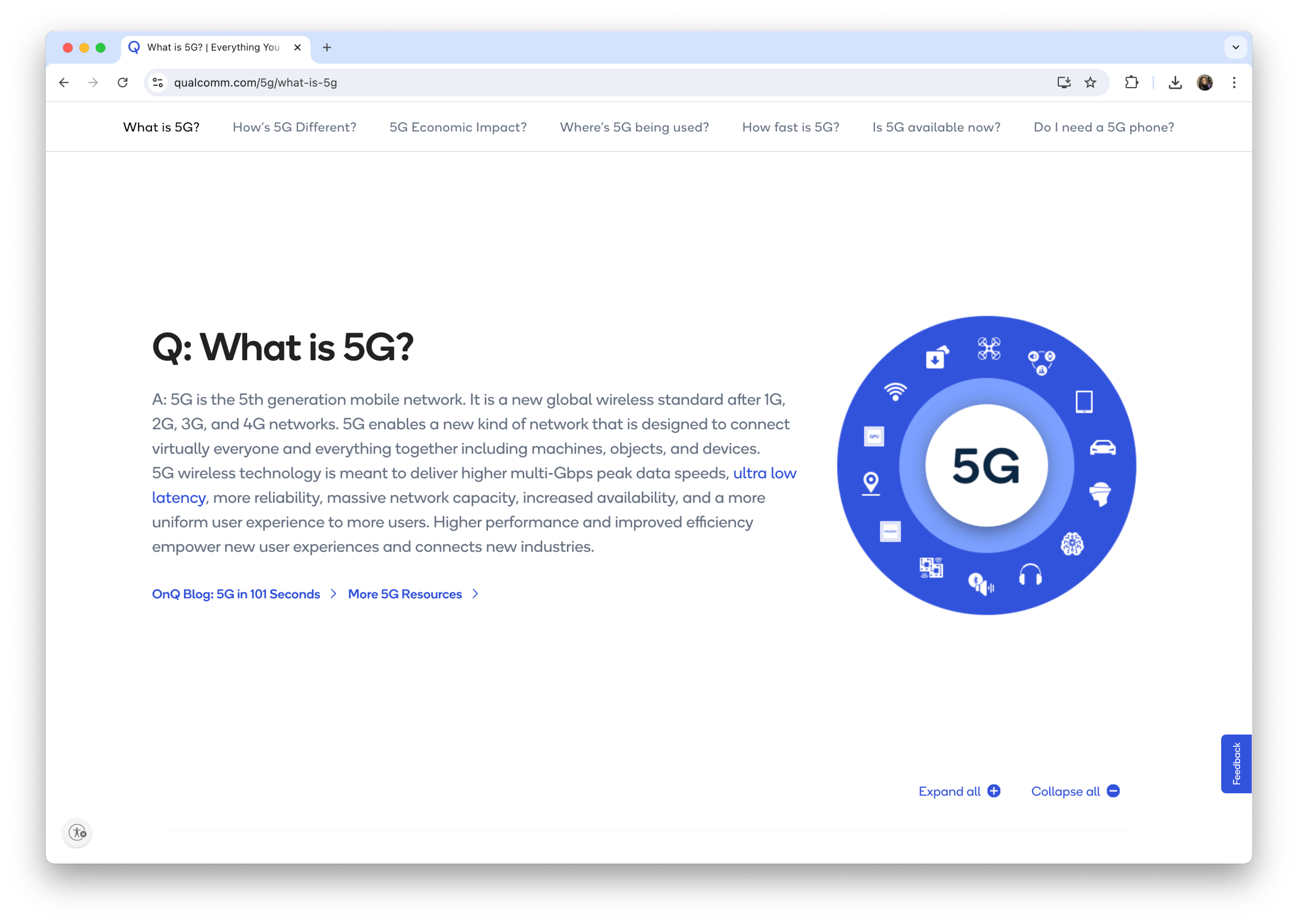
As we explore these trends, it’s clear that organizations that stay ahead of the curve in adopting and leveraging these technologies will be better positioned to thrive in an increasingly digital and interconnected business world.
AI and Automation
Artificial Intelligence (AI) and automation are poised to play a critical role in shaping the future of business communication solutions from 2025 onwards.
The integration of AI-powered tools, such as chatbots and virtual assistants, is becoming increasingly prevalent, offering new ways to streamline communication processes and enhance efficiency.
These AI-driven solutions have the potential to automate up to 70% of business activities, significantly reducing manual workload and improving overall productivity.
One of the most exciting developments in this area is the emergence of advanced AI features in communication solutions. Industry-leading platforms are now incorporating capabilities like real-time transcriptions and visual voicemail, making it easier for users to manage and extract value from their communications.
The growth of conversational AI marketing is also projected to be significant, with chatbots and virtual assistants enhancing customer interactions by providing:
Instant, personalized responses around the clock
AI-driven automation that enhances productivity by allowing employees to focus on strategic tasks while AI handles repetitive ones
Improved overall quality of customer service
As these technologies continue to evolve, we can expect to see even more sophisticated AI applications in business communication, potentially revolutionizing how organizations interact both internally and with their customers.
Cloud-Based Solutions
The transition towards cloud-based business communication solutions is accelerating, providing unparalleled scalability in comparison to traditional PBX systems. This trend is driven by the numerous advantages that cloud-based platforms provide, including flexibility, cost-effectiveness, and ease of maintenance.
One of the most significant benefits of cloud-based solutions is their ability to enable remote work by providing access to communication tools from any location with internet connectivity. This capability has become increasingly crucial in the wake of global events that have accelerated the adoption of remote and hybrid work models.
As businesses continue to recognize the value of these flexible and accessible tools, we can expect to see a further shift towards cloud-based communication solutions in the coming years. This transition will likely lead to:
More integrated, feature-rich platforms
Platforms that can adapt quickly to changing business needs and technological advancements
Ensuring that organizations remain agile and competitive in an ever-evolving business landscape.
Real-Time Analytics
The incorporation of real-time analytics in business communication solutions is emerging as a transformative trend, offering instantaneous insights from communication data and facilitating rapid decision-making processes.
This capability allows organizations to monitor and analyze their communication patterns, employee engagement, and customer interactions as they happen, providing a level of insight that was previously unattainable.
These analytics tools help in tracking and measuring the performance of communication strategies and campaigns in real-time, allowing businesses to make data-driven adjustments on the fly.
By identifying trends and patterns in communication data, real-time analytics also aid in predictive analysis and strategic planning. For instance, businesses can use these insights to optimize their customer service operations, improve team collaboration, or identify potential bottlenecks in their communication processes.
As the importance of data-driven decision-making continues to grow, we can expect real-time analytics to become an integral part of business communication solutions, providing organizations with the tools they need to stay agile and responsive in a fast-paced business environment.
Summary
As we’ve explored throughout this comprehensive guide, the landscape of business communication solutions is rapidly evolving, driven by technological advancements and changing work paradigms. From the essential features of unified communications, video conferencing, and instant messaging to the top solutions like Microsoft Teams, Slack, Google Workspace, and Zoom, businesses now have a wealth of options to enhance their communication and collaboration capabilities.
The key to success lies in choosing the right solution that aligns with your organization’s specific needs, considering factors such as scalability, usability, and customizability. Effective communication solutions offer numerous benefits, including improved collaboration, enhanced customer interactions, and streamlined workflows, all of which contribute to increased productivity and business success. Looking to the future, trends such as AI and automation, cloud-based solutions, and real-time analytics are set to further transform the way businesses communicate and operate.
As we move forward, organizations that embrace these innovative communication technologies and adapt to the changing landscape will be best positioned to thrive in an increasingly digital and interconnected world. The future of business communication is bright, offering exciting possibilities for enhanced connectivity, efficiency, and growth.
Frequently Asked Questions
What are the most important features to look for in a business communication solution?
Look for a business communication solution with unified communications, robust video conferencing, instant messaging, seamless integration, scalability, user-friendly interfaces, and strong security measures. Customization options and real-time analytics for tailored business needs and insights are also important.
How can AI and automation improve business communication?
AI and automation can improve business communication by streamlining tasks, providing instant responses, real-time language translation, and generating insights from communication data. They also enable 24/7 support, personalized interactions, and faster response times, ultimately optimizing workflows and enhancing customer service.
What are the benefits of cloud-based communication solutions over traditional systems?
The benefits of cloud-based communication solutions over traditional systems include greater flexibility, scalability, cost-effectiveness, remote work enablement, lower maintenance, automatic updates, seamless integration with other tools, improved disaster recovery, and easy scalability based on business needs. Cloud solutions offer a wide range of advantages for modern communication needs.
How can real-time analytics improve our business communication strategies?
Real-time analytics can offer immediate insights into communication patterns, enabling data-driven decisions and optimization of communication strategies, leading to improved customer satisfaction, team collaboration, and overall business performance.
How do I ensure the security of our business communications when using these new technologies?
To ensure the security of your business communications, choose solutions with strong security features like end-to-end encryption and multi-factor authentication, implement strict access controls, train employees on best practices, consider using VPNs for remote work, and stay informed about industry compliance requirements. Regularly audit your communication systems to identify and address potential vulnerabilities.





